10 eye-opening facts that show why soil is so important
With the rise in popularity of no-till farming systems and cover cropping, British growers are focused now more than ever on improving their soils.
Healthy soils not only boost yields and improve the land’s tolerance to flooding or drought, they can also benefit the environment by capturing more carbon dioxide from the atmosphere.
To mark World Soils Day (5 December), here are 10 eye-opening facts about soil that highlight just how important it is to sustaining life.
See also: 5 monitor farmers share their cost saving tips
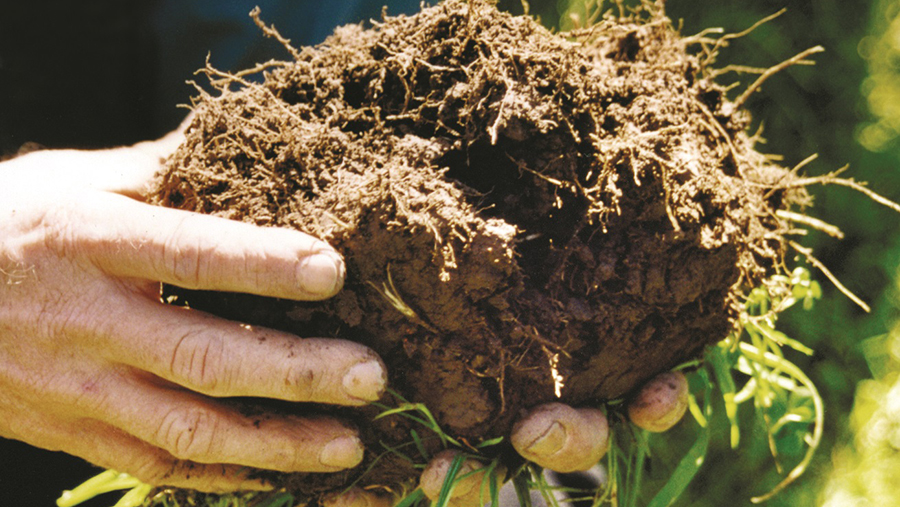
© Soil Association
1. It takes a minimum of 500 years to produce just under an inch of topsoil, this is the most productive layer of soil.
See also: Growers highlight soil and cost advantages of using no-till
2. Soil can greatly reduce the of risk flooding as it can store up to 9,200t of water per acre.
See also: Video: How to sample your soil for analysis
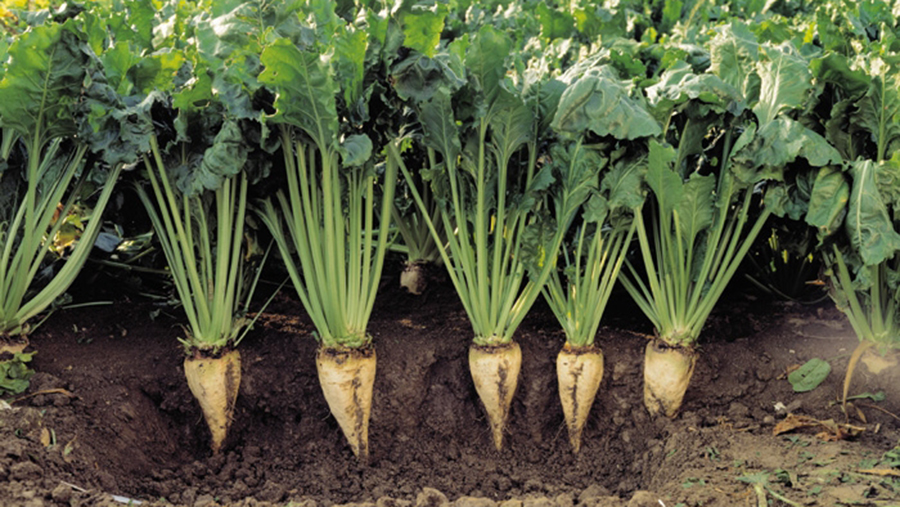
© Soil Association
3. About 10% of the world’s carbon dioxide emissions are stored in soil.
See also: How to tackle poor drainage to raise crop yields
4. Healthy soils consist of about 45% minerals, 25% water, 25% air and 5% organic matter.
See also: Soil health unlocks arable yields on the edge of the Pennines
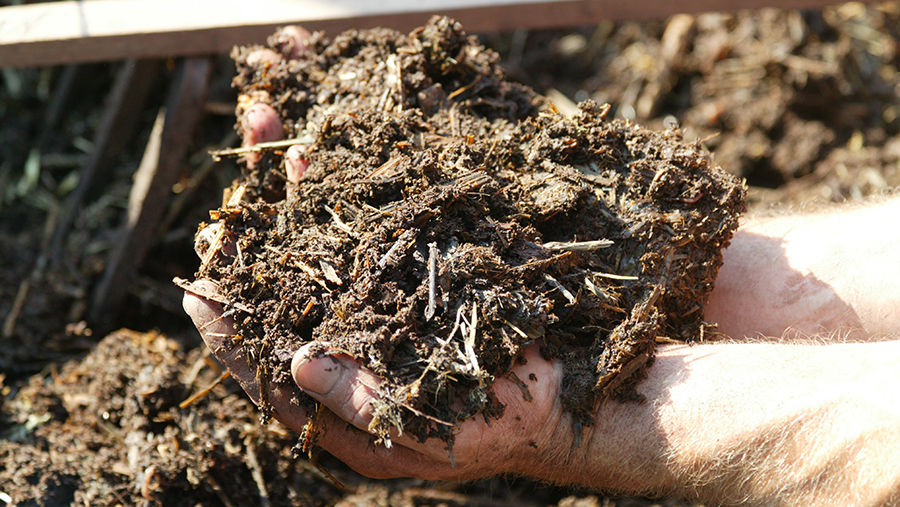
© Soil Association
5. There are more microorganisms in a tablespoon of soil than there are people living on Earth.
See also: How to select the best cover crop species for your farm
6. The total living matter in a hectare of soil can weigh up to 22t.
See also: How to measure soil health and vitality
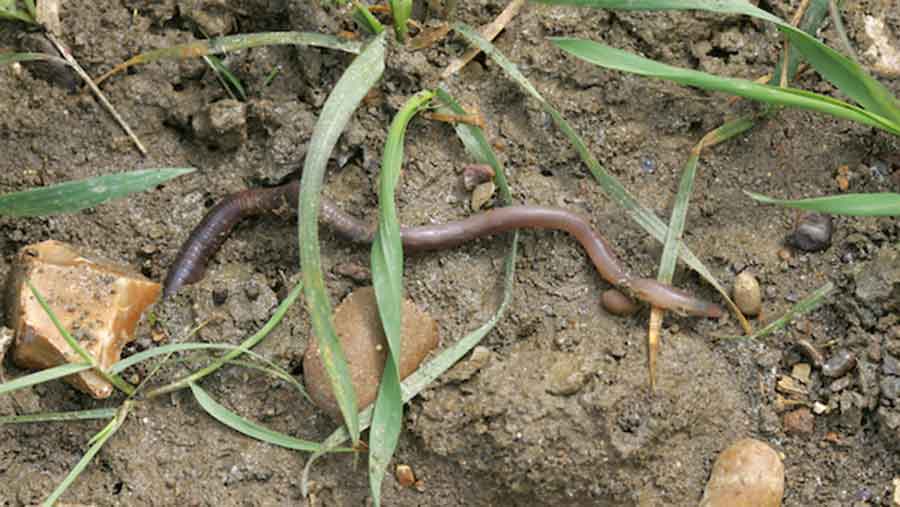
© Tim Scrivener
7. About 1,400,000 earthworms can be found in just one acre of farmland.
See also: Why investing in soil organic matter can sustain future yields
8. 95% of all food is either directly or indirectly produced from soil.
See also: 7 ways growers can improve soil health
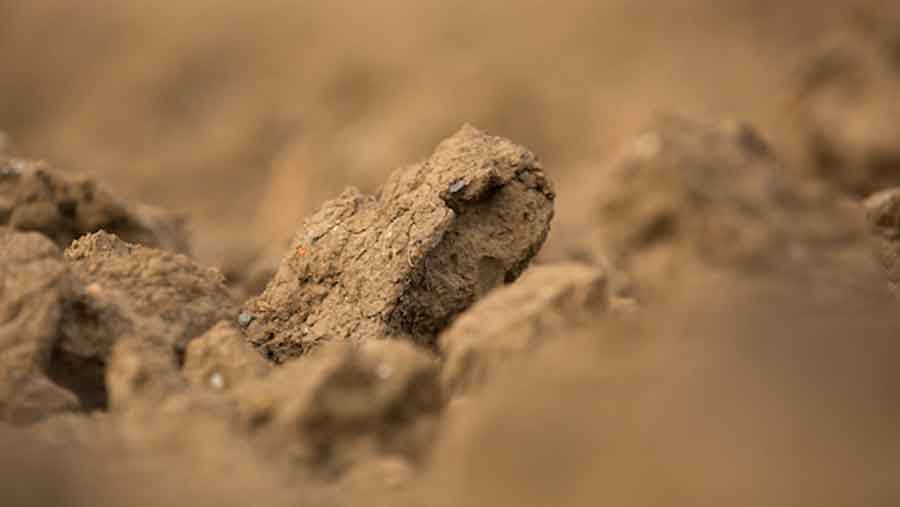
© Tim Scrivener
9. 33% of our global soils are now classed as degraded.
See also: Composts give quick lift to soil fertility
10. 68% of European soils are used for arable farming – that’s compared with 83% in North and Central America and 85% in Asia.
More information on soils
- See all the latest Farmers Weekly news and in-depth articles focused on soil
- Take Farmers Weekly’s Academy course on soil management and earn CPD points
- Scotland’s Rural College (SRUC) has published a “Valuing Your Soils” guide offering best practice guidelines and tips to improve soils
- “7 ways to save your soils” by the Soil Association outlines action needed to reverse soil degradation
- AHDB has several practical resources on soils available to download for free

